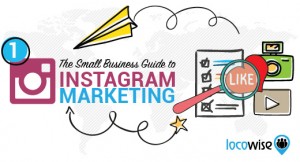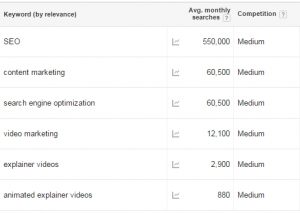Is your company truly customer-centric? Columnist Jordan Elkind shares five key performance indicators that you should be measuring if you want to put customers at the center of your decision-making.

Retailers are progressively striving toward customer-centricity, a strategy in which companies seek to maximize financial value by focusing on the needs of their most valuable customers.
While in theory, this sounds like every marketer’s dream, in practice, the nightmare of implementation stops many would-be customer-centric companies from becoming truly customer-centric.
Pursuing this strategy necessitates both an overhaul of organizational structure and new key performance indicators (KPIs). The organizational overhaul will not happen overnight, but by measuring these five KPIs, you will be on your way to putting the customer first and driving revenue.
1. Customer Lifetime Value (CLV)
Customer Lifetime Value, or CLV, measures the amount a customer will spend over the length of his or her relationship with a store. This should be thought of as an overall indicator of customer health, and it shows you whether everything the marketing team is doing, across all channels, is resulting in long-lasting, profitable customer relationships.
CLV also provides one dimension on which to segment your customers, allowing you to focus on your highest-value customers. While CLV offers insights into how the marketing team’s efforts are affecting customer acquisition and retention, this single metric does not tell us which of the team’s efforts are driving these changes.
2. CLV by channel
Once you’ve determined your overall CLV, it is important to look at the lifetime value of customers acquired through each channel, as not all channels are created equal.
While your customers acquired through Facebook may be frequent purchasers, customers coming from an affiliate site may make only one purchase.
Gaining insights into which acquisition channels are providing the highest-value customers will help to determine which channels to invest in and which can be overlooked.
3. Early Repeat Rate
Early Repeat Rate tracks the number of customers who have made a second purchase within a defined time period (say, 60 days). Early Repeat Rate allows you to track the behavior of a cohort, or group of customers who joined at the same time.
For example, did this spring’s new customers repeat more than last spring’s by their 60-day mark? Because repeat purchase behavior is a component of CLV, it is crucial to track which marketing programs kept customers coming back.
To drive more repeat purchases, put cultivation triggers in place to educate customers about your brand before they show signs of fading away.
4. Win-back rate
One of the challenges of retail is that unlike in a subscription model, it is difficult to tell when a customer has stopped buying from you for good.
Every customer has a different purchase cadence; some may just be resting between purchases, while others are gone for good. Win-back rate measures the percentage of inactive customers in a given period who were re-engaged into making a purchase.
To “win back” lapsed customers, consider targeted relationship emails and promotions to encourage these customers to make another purchase. Acknowledging that a customer has not purchased in a while and personalizing an offer just for her will help to re-engage lapsed customers.
5. Leaky Bucket Ratio
The Leaky Bucket Ratio is the number of customers lost in a given period relative to the number of new ones gained. This metric helps contextualize the number of customers you are losing versus the amount you’ve acquired. If you are gaining more than you’re losing in a given period, you’re essentially “plugging a leaky bucket.”
You have two choices to improve the leaky bucket ratio: acquire more customers, or put effective win-back triggers in place to lower the rate of customer churn.
Research has shown again and again that acquiring new customers is more costly than retaining existing ones. Keeping that in mind, the best way to improve the leaky bucket ratio is to put effective win-back triggers in place to reduce customer churn.
Final thoughts
Putting new KPIs in place may seem daunting, but this effort will quickly pay off. If the goal of marketing is managing customer value, then the first step is putting the right metrics in place.
By shining a light on which marketing strategies are helping to bring in and retain valuable customers, your marketing team can focus on the channels that matter most.
Some opinions expressed in this article may be those of a guest author and not necessarily Marketing Land. Staff authors are listed here.
(Some images used under license from Shutterstock.com.)
Marketing Land – Internet Marketing News, Strategies & Tips
(82)










